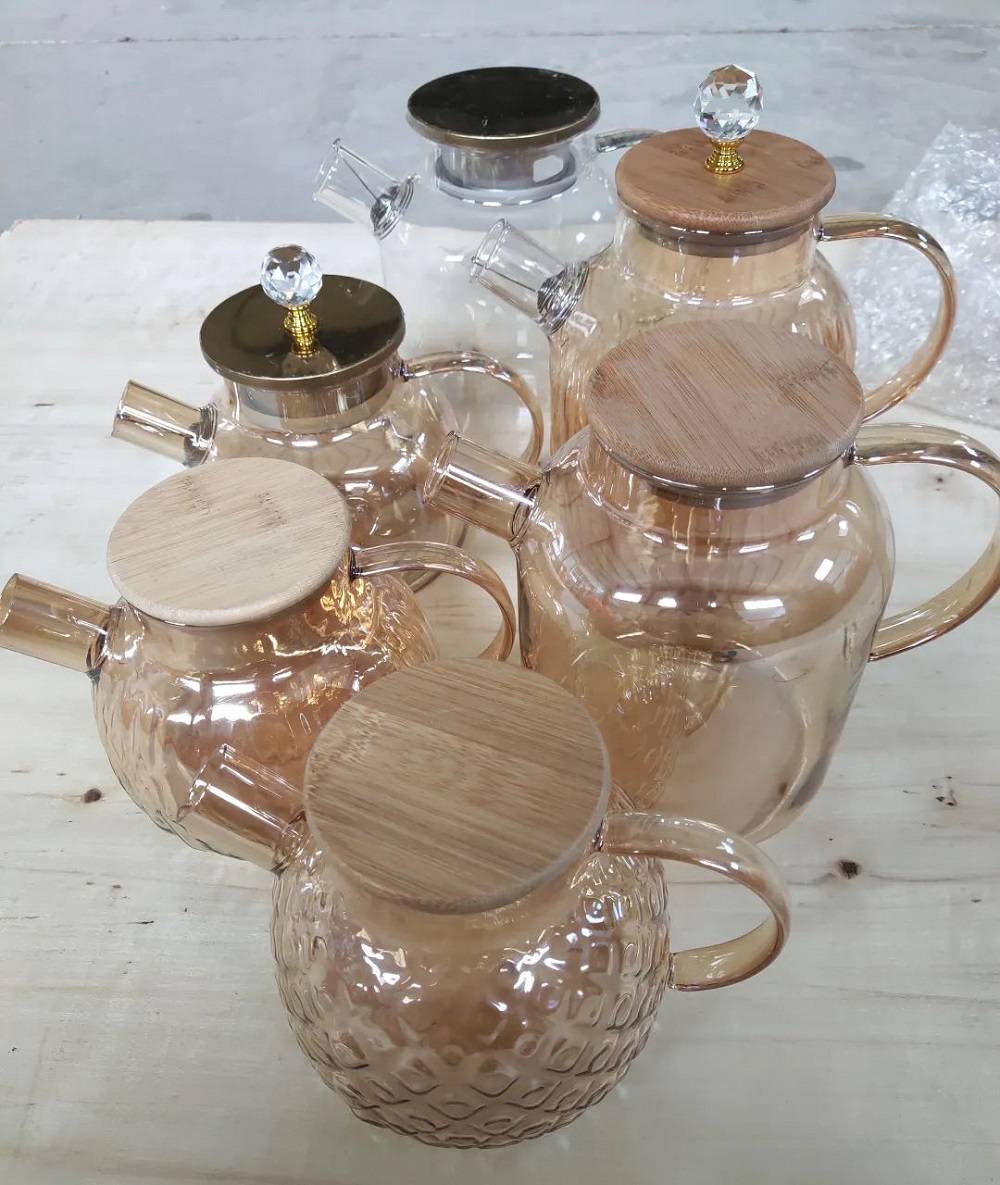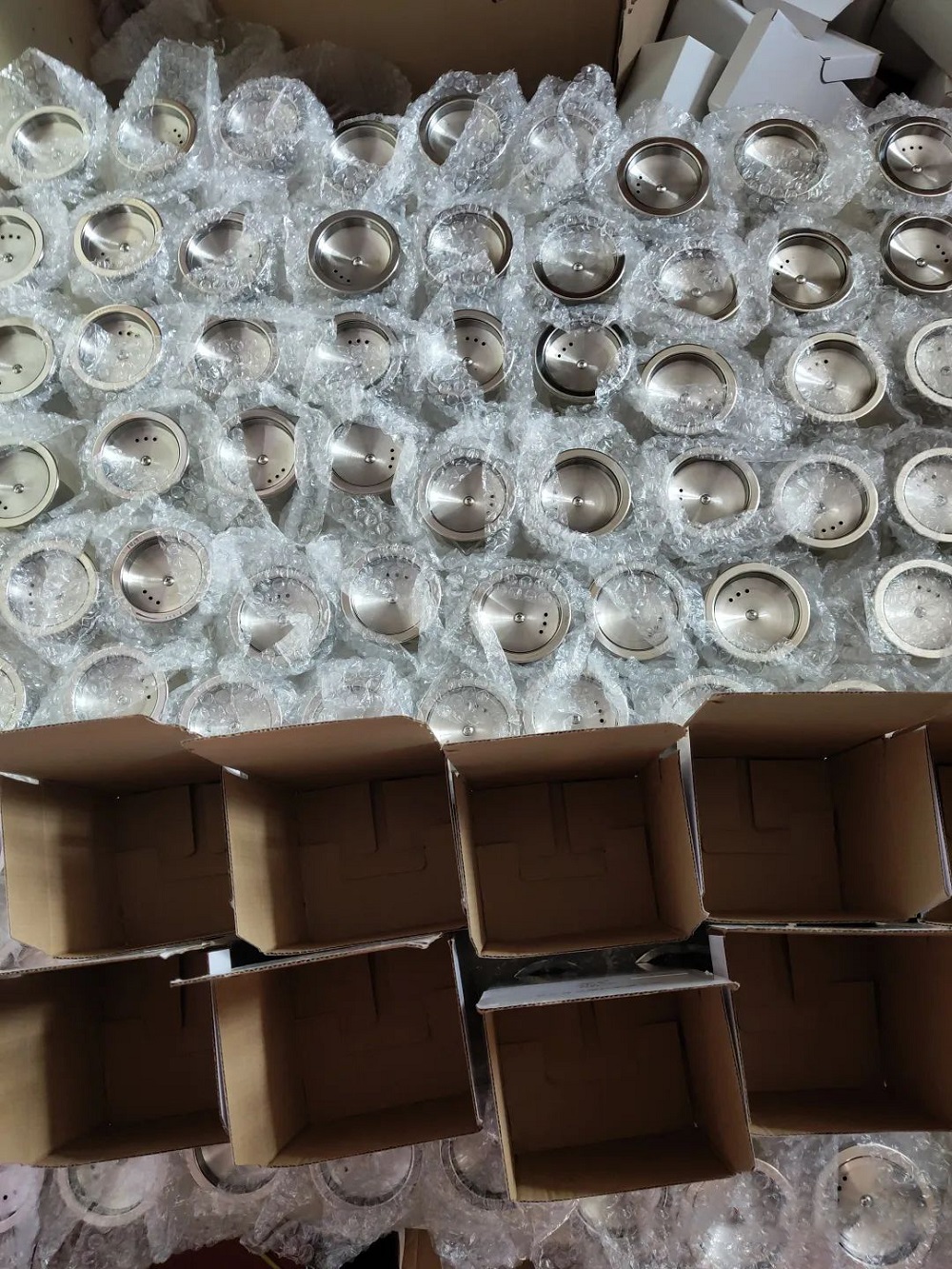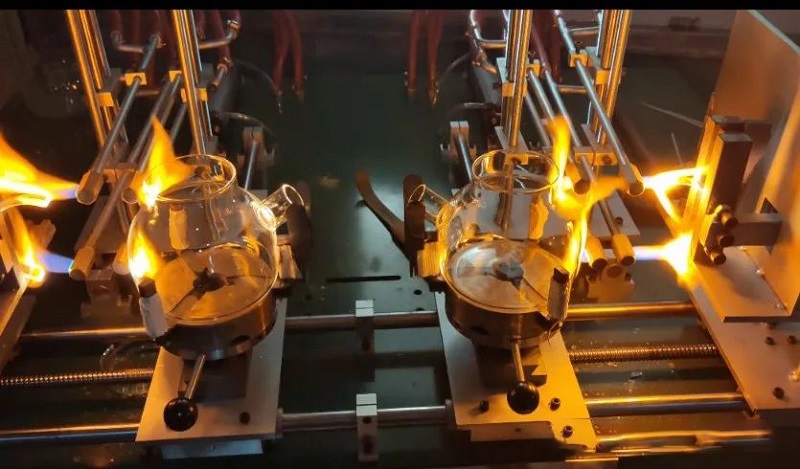High borosilicate glass tea pot should be very healthy. High borosilicate glass, also known as hard glass, utilizes the electrical conductivity of glass at high temperatures. It is melted by heating inside the glass and processed through advanced production processes.
It is a special glass material with low expansion rate, high temperature resistance, high strength, high hardness, high light transmittance, and high chemical stability. Due to its excellent performance, it is widely used in industries such as solar energy, chemical industry, pharmaceutical packaging, electric light sources, and craft accessories.
How to clean high Borosilicate glass teapot
Salt and toothpaste can be used to wipe off the tea rust on the cup. Soak the cleaning tools such as gauze or tissue, then dip the soaked gauze in a small amount of edible salt, and use the gauze dipped in salt to wipe off the tea rust inside the cup. The effect is very significant. Squeeze toothpaste onto a gauze and use toothpaste to wipe the stained tea cup. If the effect is not significant, you can squeeze more toothpaste to wipe it off. After washing the tea cup with salt and toothpaste, it can be used.
Glass teapots are divided into ordinary glass teapots and heat-resistant glass teapots. Ordinary glass teapot, exquisite and beautiful, made of ordinary glass, heat-resistant to 100 ℃ to 120 ℃.
Heat resistant glass teapot, made of high borosilicate glass material, is generally artificially blown, with low yield and higher price than ordinary glass.
It can generally be cooked over direct heat, with a temperature resistance of around 150 ℃. Suitable for directly boiling beverages and foods such as black tea, coffee, milk, etc., as well as brewing various green teas and flower teas with boiling water.
Post time: Dec-18-2023








